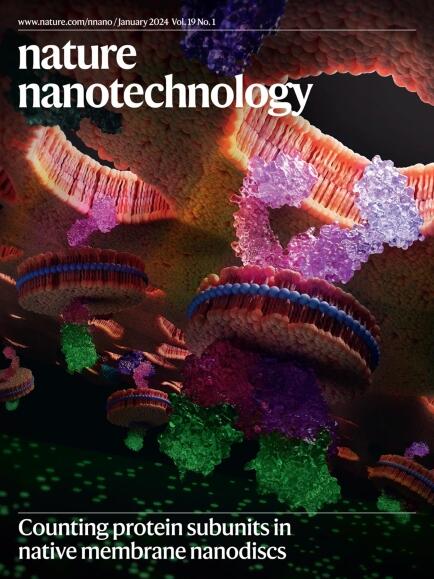Observation of chiral emission enabled by collective guided resonances
IF 34.9
1区 材料科学
Q1 MATERIALS SCIENCE, MULTIDISCIPLINARY
引用次数: 0
Abstract
A simple yet insightful question is whether it is possible to arrange optical resonances in such a way that their collective response differs from that of the individual constituents. Here, inspired by the collective oscillation of spatially localized modes and Fourier duality between real and momentum spaces, we demonstrate a chiral emission of collective guided modes by leveraging the omnidirectional hybridization of individual guided resonances within a photonic crystal slab. Specifically, we encircle a uniform photonic crystal with isotropic boundaries and hybridize discrete bulk guided resonances into a series of collective modes owing to the scatterings of the boundaries. This results in a chiral spiral vortex emission in real space. By using asymmetric pumping to lift the chiral symmetry, we then achieve stable single-mode lasing oscillation of the spiral collective mode and confirm the nature of vortex emission through polarization-resolved imaging and self-interference patterns, thus demonstrating a vivid example of collective oscillations in the momentum space. Chiral emission from collective guided modes is demonstrated within a photonic crystal slab, showing an example of collective oscillations in the momentum space.


集体引导共振实现手性发射的观察
一个简单而深刻的问题是,是否有可能以这样一种方式安排光学共振,使它们的集体响应不同于单个成分的响应。在这里,受空间局域模式的集体振荡和实空间和动量空间之间的傅立叶对偶性的启发,我们通过利用光子晶体板内单个引导共振的全向杂交,展示了集体引导模式的手性发射。具体来说,我们围绕一个具有各向同性边界的均匀光子晶体,并由于边界的散射将离散体导共振杂化成一系列的集体模式。这导致了在实际空间中的手性螺旋涡发射。利用不对称泵浦提升手性对称性,我们实现了螺旋集体模式的稳定单模激光振荡,并通过偏振分辨成像和自干涉图证实了涡旋发射的性质,从而展示了动量空间中集体振荡的生动例子。
本文章由计算机程序翻译,如有差异,请以英文原文为准。
求助全文
约1分钟内获得全文
求助全文
来源期刊

Nature nanotechnology
工程技术-材料科学:综合
CiteScore
59.70
自引率
0.80%
发文量
196
审稿时长
4-8 weeks
期刊介绍:
Nature Nanotechnology is a prestigious journal that publishes high-quality papers in various areas of nanoscience and nanotechnology. The journal focuses on the design, characterization, and production of structures, devices, and systems that manipulate and control materials at atomic, molecular, and macromolecular scales. It encompasses both bottom-up and top-down approaches, as well as their combinations.
Furthermore, Nature Nanotechnology fosters the exchange of ideas among researchers from diverse disciplines such as chemistry, physics, material science, biomedical research, engineering, and more. It promotes collaboration at the forefront of this multidisciplinary field. The journal covers a wide range of topics, from fundamental research in physics, chemistry, and biology, including computational work and simulations, to the development of innovative devices and technologies for various industrial sectors such as information technology, medicine, manufacturing, high-performance materials, energy, and environmental technologies. It includes coverage of organic, inorganic, and hybrid materials.
 求助内容:
求助内容: 应助结果提醒方式:
应助结果提醒方式:


